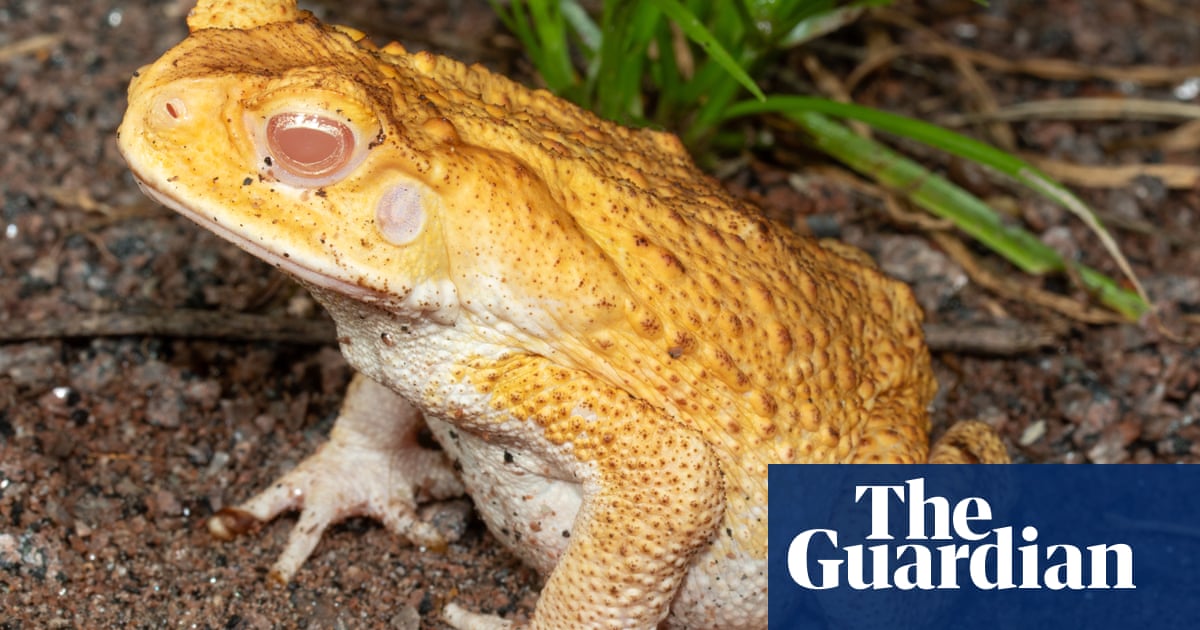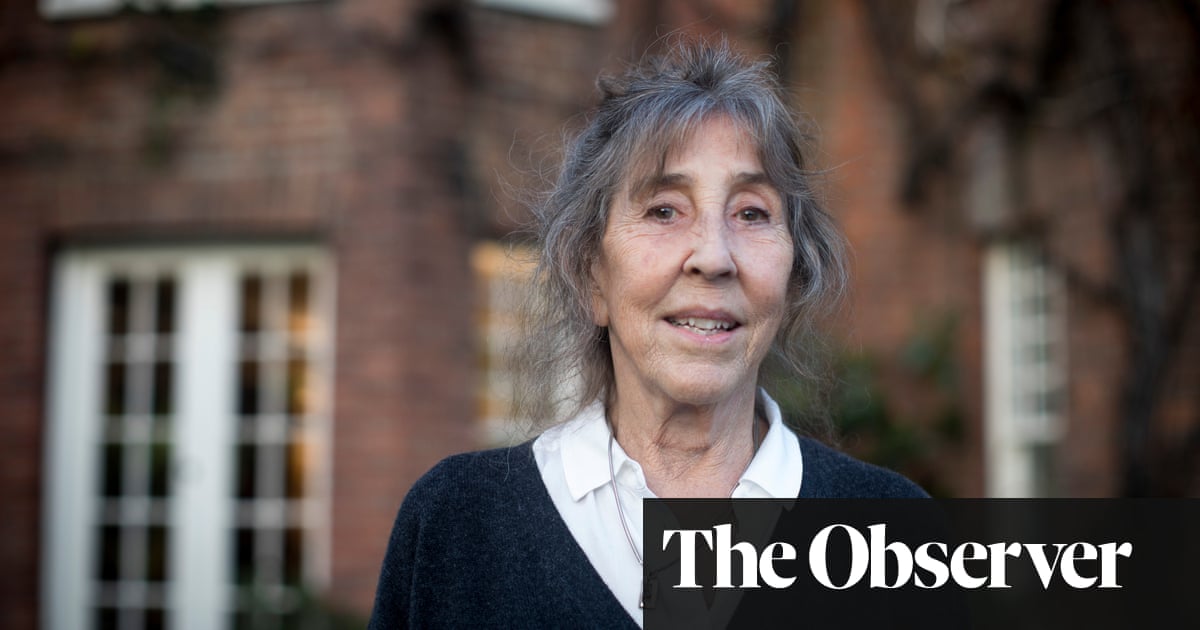A severe food allergy is among the few conditions that can propel a person from robust health to unconsciousness within minutes, and the risk of accidental exposure often casts a shadow of anxiety over those affected.
But change is afoot, with a groundbreaking trial this week showing that two-thirds of adults with severe peanut allergies can be desensitised through clinically supervised daily exposure. The approach – oral immunotherapy – is already successfully used in children and is among a wave of treatments on the horizon aimed at reducing the burden of allergies – and potentially curing them.
“Up until 15 years ago we never offered anything other than complete avoidance and carry your epinephrine,” says Prof Robert Wood, the director of paediatric allergy and immunology at Johns Hopkins University. “Now we have options.”
The surge of interest in treating allergies has been motivated, in part, by an unprecedented rise in prevalence. Food anaphylaxis admissions to UK hospitals increased threefold from 1998 to 2018, according to one analysis, and the number of people affected by less severe allergies has also risen significantly, with factors including weaning practices, detergents and lack of childhood contact with dirt and animals all potential drivers of the trend.
Exposure as treatment is not a new idea: the first successful use of oral immunotherapy for a 13-year-old boy with egg allergy was reported in The Lancet in 1908. But in the past decade, scientists have developed the incremental dosing protocols required to move this concept into the clinic. The licensing of the drug Palforzia – pharmaceutical-grade peanut protein – means the treatment can now be delivered to those whose allergies are extreme enough that a few milligrams too much peanut protein could trigger anaphylaxis.
The treatment regimes are intensive, requiring fortnightly dosage escalations and a level of clinical supervision that has resulted in paediatric NHS waiting lists of several years. And, for most, they are not a cure – patients have an increased tolerance to low doses, but need to maintain daily exposure and are still considered allergic.
“The issue with eating a peanut every day is that you’re on a bit of a tightrope,” says Prof Graham Roberts, an allergy specialist at the University of Southampton. “You might still have a life-threatening allergic reaction.”
There is also a growing cohort of patients managing multiple allergies, for whom the approach is impractical. “That’s where the advantage of treatments that are completely agnostic to the food you’re allergic to comes in,” says Wood.
Food allergies normally involve a class of potent antibodies, called IgEs, that bind to immune cells 1,000 times more tightly than other classes of antibody and which scientists think originally evolved to protect the body from parasites. Now, largely redundant in modern lifestyles, they have a weakness for misfiring in response to food proteins.
In a landmark study last year, Wood and his colleagues found that the anti-IgE drug omalizumab, already licensed for severe asthma, could desensitise people to peanut, cashew, milk, egg, walnut, wheat and hazelnut allergies (participants were allergic to at least three) by mopping up the antibodies.
The treatment is “not without some burden”, Wood acknowledges, requiring ongoing fortnightly injections of a drug with an annual list price of between $30,000 and $60,000. But it can be life-changing for those who need to avoid pervasive products such as milk, eggs and wheat. “Those families don’t travel without a cooler full of food,” Wood says. “They can’t eat out. They can’t trust anyone to prepare anything for their child. Your day-to-day life is massively compromised.”
New products in the pipeline could further lower the bar for treatment, including a peanut allergy vaccine candidate being developed by the Australian biotech firm Aravax (the phase 2 trial still involved monthly injections) and a peanut patch developed by the French company DBV that recently showed promising results in a three-year trial. Both promise a less gruelling and safer treatment regime, with lower chances of severe reactions during dose escalation.
after newsletter promotion
“I’m not convinced we have treatments that are fit for purpose at the moment,” says Roberts. “I’d like to think that in 10 years’ time, people with peanut allergies will have a very different experience.”
There are also ambitions for a more complete treatment. While immunotherapy does not reverse most food allergies, for bee stings it has a higher than 90% cure rate. Prof Markus Ollert, of the Luxembourg Institute of Health, tracked patients treated for bee sting allergies and revealed that a molecule called interleukin-6 appears to act as a switch in the transition from being allergic to tolerant.
Others are focused on trying to prevent allergies arising in the first place. A primary culprit for the rise in allergies appears to have been misguided medical advice in the 1990s that parents should avoid giving babies foods such as peanuts in the first year of life. “Since then we’ve seen an absolute explosion in allergies,” says Roberts.
In a randomised trial, he and colleagues found that introducing peanuts into the diet at four months led to an 80% reduction in allergies. Another, more recent study, found large reductions in peanut, egg, wheat and cows’ milk allergies when introduced to babies from three months of age. However, despite iron-clad evidence that early introduction is protective, it has proved difficult to undo warnings around the dangers of introducing peanuts too early and change parents’ behaviour.

 8 hours ago
8
8 hours ago
8













































